|
I spend much of my time working and thinking with value - trying to create simple and manageable landscape and garden solutions for home and business owners. But in my own work close to home (what I call "The Community Gardens" - See blog posts from July 2016) I've been working on hybrid gardens - manageable, designed spaces - that include and think about cutting materials. As I have come to enjoy having flowers and foliage to arrange and photograph the softening of my living space, I have found this to be a medium to experiment, learn, and develop positions of critique from. It expands my chops so-to-speak. Often, when I speak of the simplicity of creating manageable outdoor living spaces, I point to the idea that often "landscapes" make fault in being put together as plant "collections" not designed and articulated spaces where the plants and materials create mass, line, form, and place. A place or landscape is experienced at a certain scale, at the level of what Juhani Pallasmaa calls "peripheral unfocused vision," (see his 2005 book "The Eyes of the Skin: Architecture and the Senses"). I believe the typical residential landscape is put together at the scale of, or with the unit of understanding being, the individual nursery plant. Each object is placed as if in a museum, highlighting isolated units without being assembled into a larger imagined whole "thing." The object is the unit not the assembled. When I say scale it may be easiest to think simply "what is the camera capturing in its frame." The scale of "the landscape" is wide and captures everything. The frame of a camera capturing a collection focuses on the single plant. But the cutting garden works different. It works at the smallest of scales, smaller than the plant itself, and the camera zooms close to capture individual flowers, branches, leaves, buds, fruit, etc. For instance, no landscaper ever plants a Qunice. When I was young I remember my father joking about how they were disliked because they were so difficult to remove. But to the florist, the Quince branch in the late winter is the most precious and delicate of all materials. The cutting garden involves a more intimate lived relationship to the garden. If one is actively cutting and bringing that material into their home it makes the garden an active, productive, collaborative space that expands how someone is being aware and conscious of the world around them. I would like to help more people develop this relationship between their imagination, garden, and home. It is fulfills you more than a garden that is just passively engaged with. It makes meaning. The Asteraceae family. Often I get caught up for short bits of time in wikipedia chasing around all the connections and links between ideas. Last week at a conference I watched a speaker on landscape design point out how they really liked to use "Echinacea tennesseensis" (Tennessee Coneflower). The assumption the listener is to make is that the Tennessee Coneflower is better to use and more exciting than just plain old Purple Coneflower. In my exploration I learned that Echinacea has ten species and is one of 1,911 genus in the family Asteraceae. Other related genus include Calendula, Chrysanthemum, Dahlias, Zinnia, Heleniums, and Yarrow. The entire taxonomical family is composed of a total of 32,913 plant species. Beyond ornamental flowers, many lettuces we eat are in the family, as is chicory, artichokes, and Chamomile. But, while I am on the margins of the plant geek world and like to experiment with different cut flowers in my house, as a landscape designer representing property owners, when should these minute difference in species come into play? To a gardener, part of the enjoyed experience is learning new species, varieties, watching the market for new cultivars, and finding rare exotic plants that develop and present one's sophistication as a gardener. But I find it to be an infrequent occurrence that someone comes to me looking to make them into a plant collector. Most often people that hire a landscape designer or architect are looking for spaces to play in, backyards to enjoy and relax in, and also to maximize the value of their property and investments. Almost without exception people open their list of wants with "Low Maintenance" (and year round interest). People that are gardeners garden. But a very small percentage of property owners are looking to be gardeners. Landscape Design isn't about making plant collections. Design is about the organization of material and space to evoke poetically a sensibility with its participant. How good can a poem be if the reader doesn't know the words? In most instances, one Echinacea species or another doesn't change the landscape's sense. It is outside the dialogue one has with their client. And so, when I hear a speaker on landscape design - and nearly all of them speak this way - talk about less common niche plant species (commodities) they use as if to demonstrate some higher level of skill and authority, well...
I start asking questions to myself about what it is exactly that they are organizing - clients backyards or themselves? Part of designing for a client is being able to get a handle on what their wants are, to communicate. Everybody loves Purple Coneflower. |
Matthew DoreLandscape designer and Proprietor of Buffalo Horticulture Archives
April 2020
Categories |
Telephone(716)628.3555
|
|
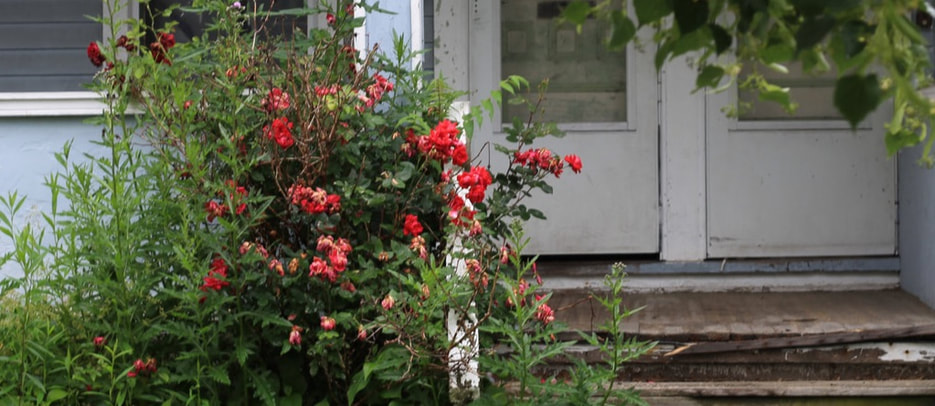
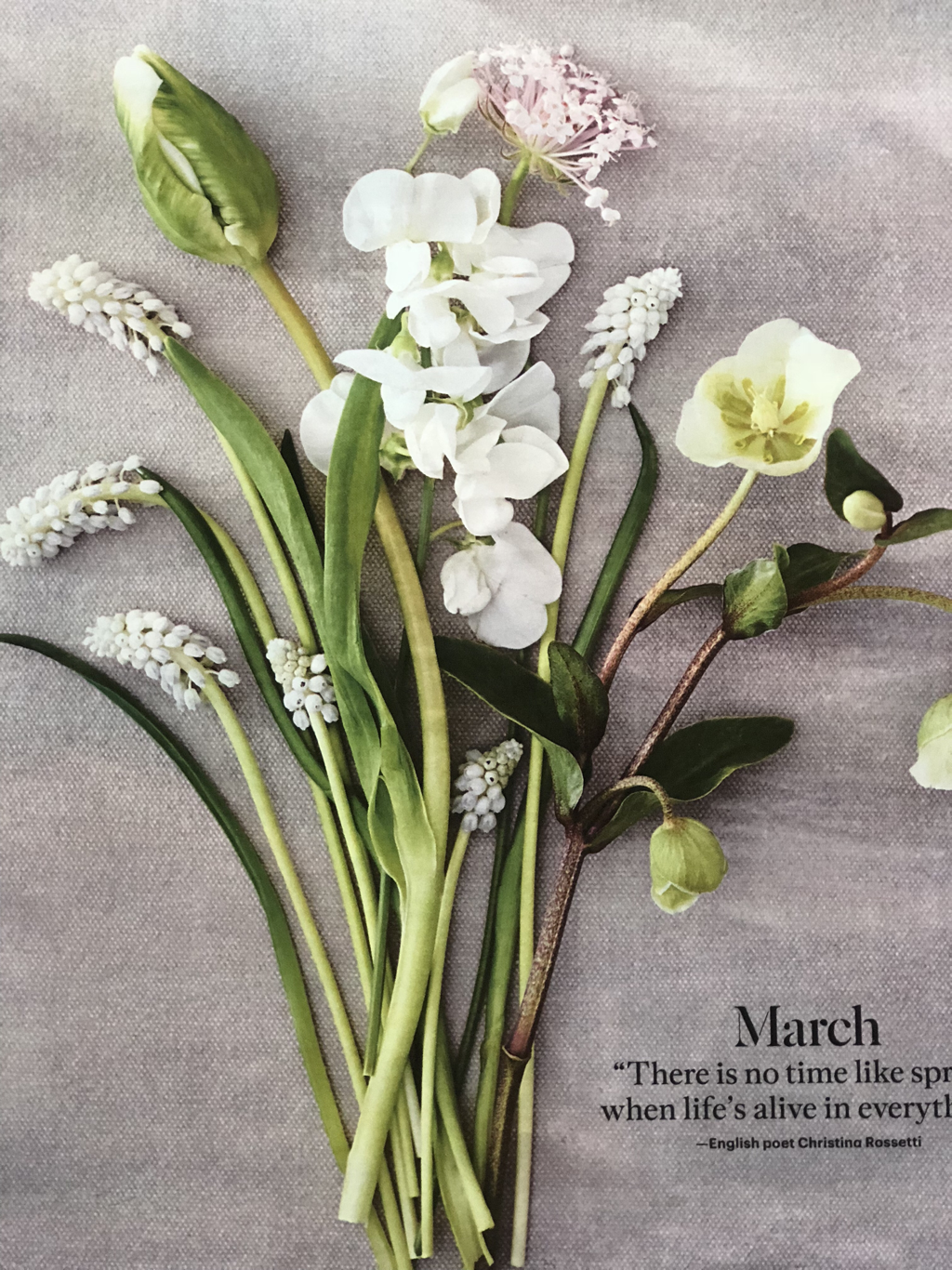
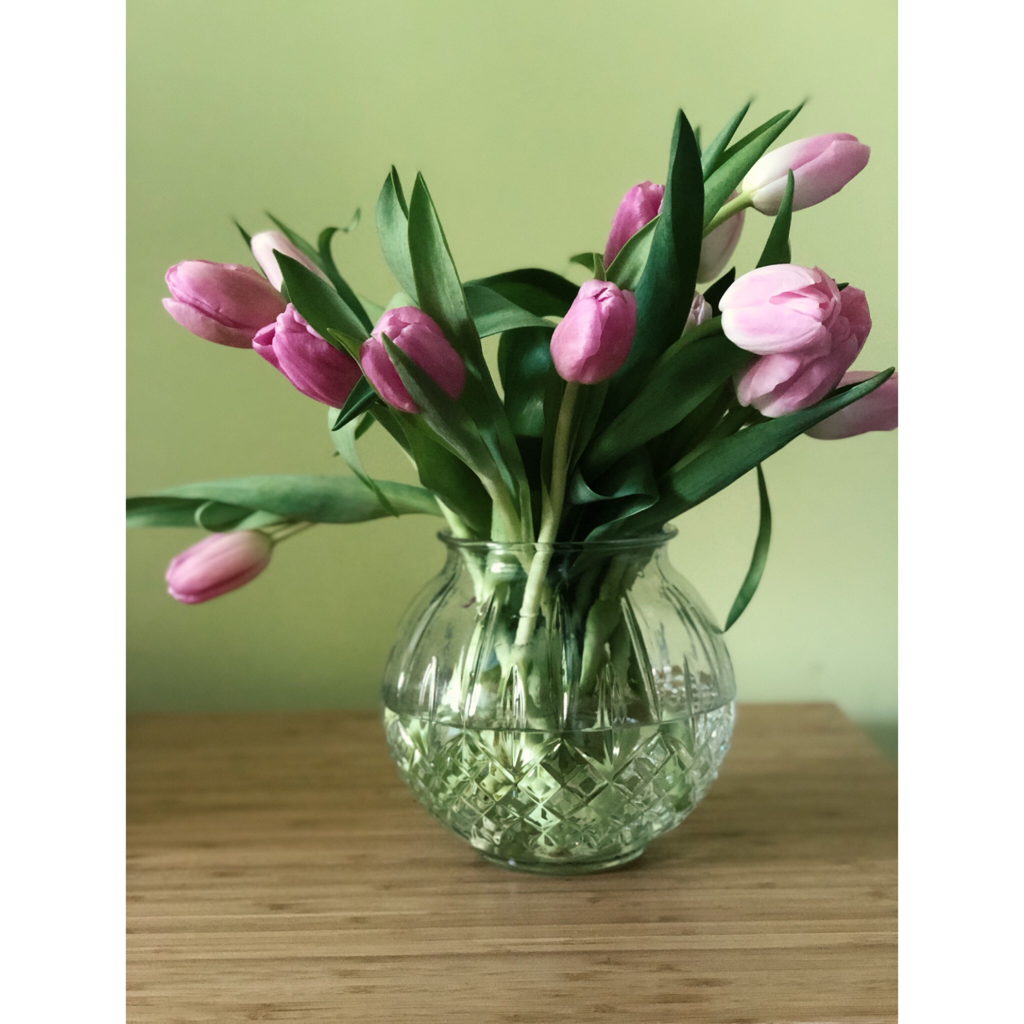
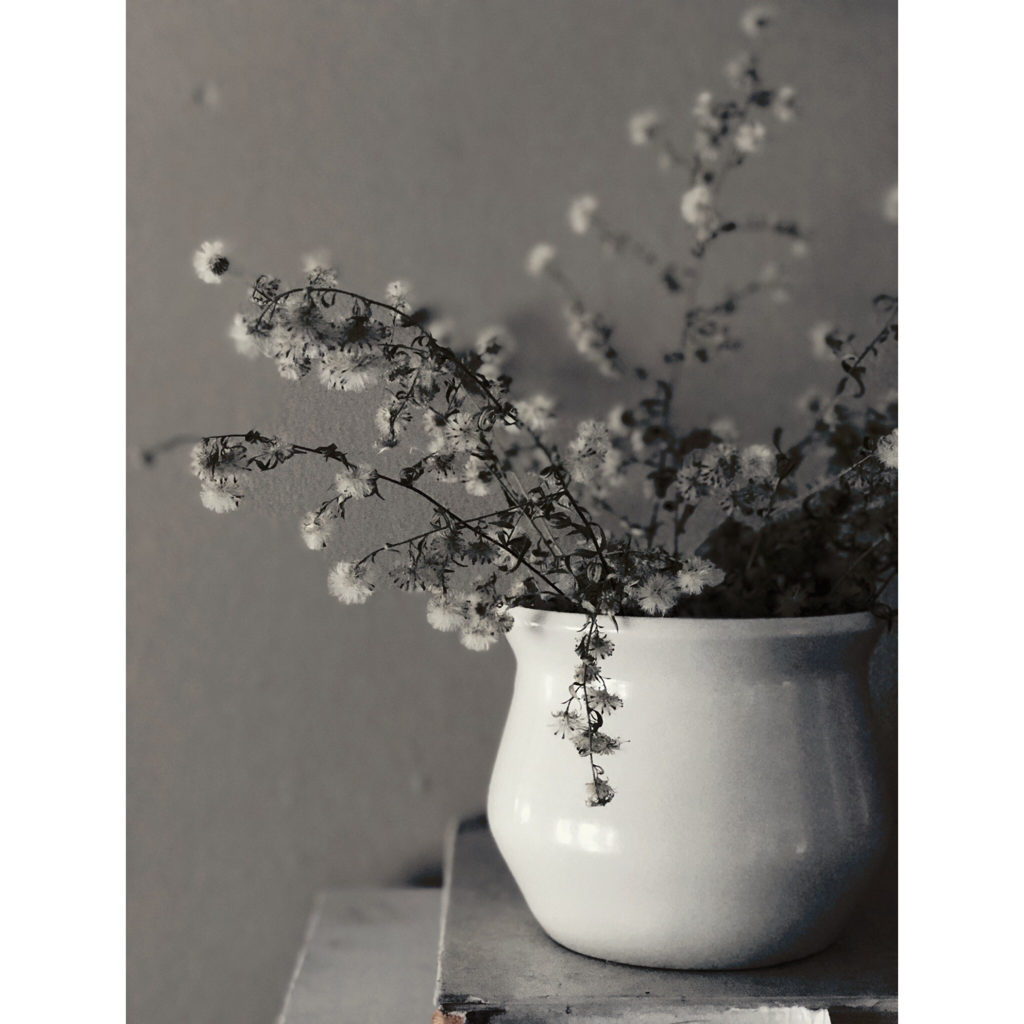
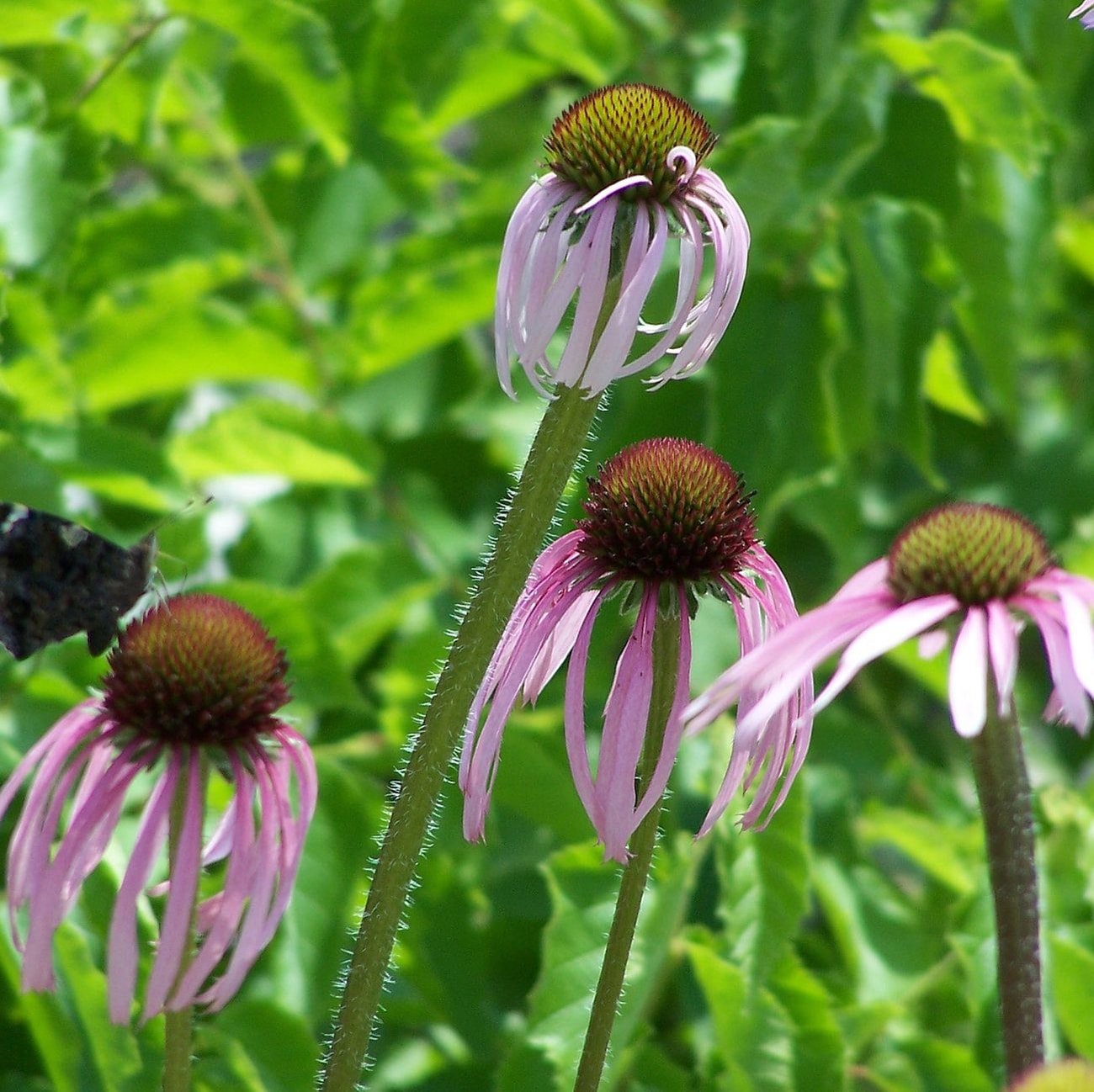
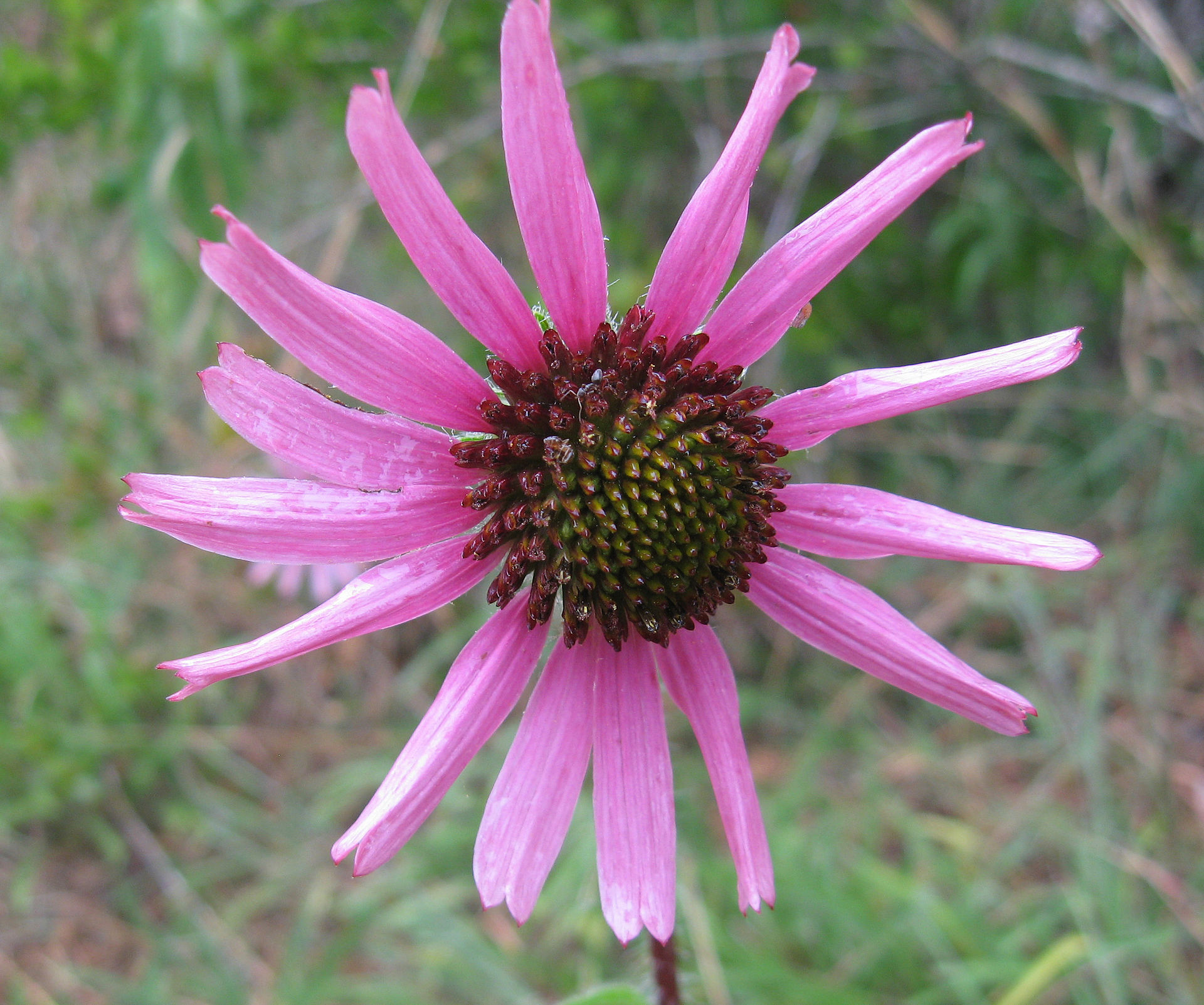
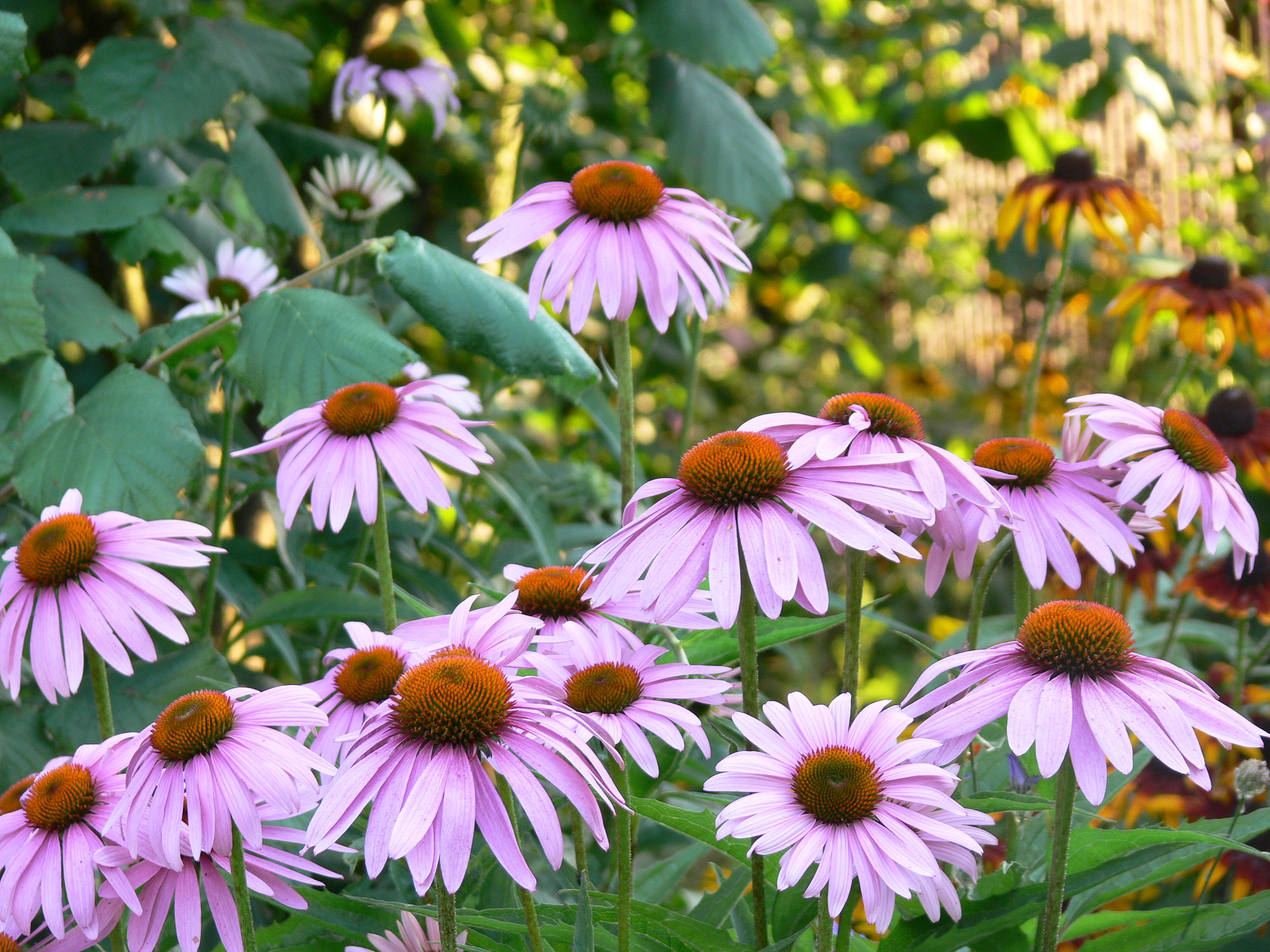
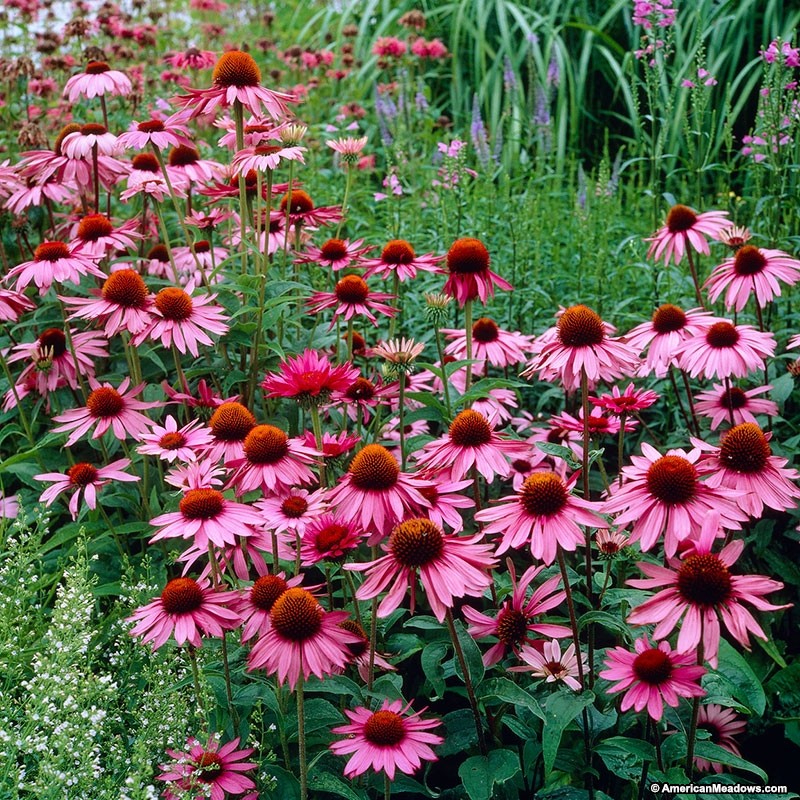
 RSS Feed
RSS Feed